Four Steps to Prepare a Utility Vehicle for Ice and Snow Work
The winter months bring shorter days and colder weather, but unfortunately that doesn’t translate to shorter work lists. With winter weather on the horizon, there is a lot to consider when it comes to getting your utility vehicle ready to be productive during the cold months; it’s important to plan ahead since keeping your vehicle running smoothly, safely and efficiently is a top priority year-round. Here are four steps to consider as the season changes.
Step 1: Upfit for Winter Work
When faced with cold temperatures and challenging conditions, upfitting your utility vehicle is a sure-fire way to increase warmth and comfort. Performance-matched cabs, heaters and snow tires will make a world of difference. The number one choice for upfitting should be a premium cab to match your utility vehicle. If that’s an investment you’re considering, be sure to look for a cab that is airtight, soundproof and rattle-free to ensure the chill, as well as operational noise, is kept outside. If your utility vehicle is already outfitted with a cab but not a heater, you may want to consider adding one on. Make sure the heater you choose is powerful and efficient and comes with a defroster and defogger for good visibility in cold climates.
Where traction is concerned, snow tires are a great option to increase grip and control when traversing slippery, icy or wet winter terrain. If you’ll be swapping out summer tires for winter versions, make the full investment and don’t just swap out two. Having two sets of tires with different treads can increase the likelihood of steering issues and fishtailing due to the uneven grips on front and rear axles.
Step 2: Don’t Skimp on Seasonal Maintenance
As a general rule, you should never skimp on maintenance, no matter what time of year it is. In winter it is especially critical because cold weather can bring up or magnify issues with equipment that is not properly maintained. Be sure to check your vehicle’s owner’s manual for detailed specifics and schedules.
• Lubricate. To prepare utility vehicles for use in cold winter conditions, take the time to lubricate all grease fittings to protect against moisture and corrosion, and check fluid levels. If a part begins to corrode because there wasn’t enough lubrication, or an engine radiator winds up failing because of low antifreeze levels, you might be saddled with additional costs and downtime.
• Check tire pressure. Tire pressure is an important checkpoint as well because winter’s cold temperatures can reduce a UTV’s tire inflation.
• Check fluids. Antifreeze levels should be checked for the proper concentration and level regularly and changed out every two years (or per the manufacturer’s instructions).
In regions where freezing temperatures and heavy snowfall are a daily occurrence, you should only wash a utility vehicle with warm water and a mild soap to avoid freezing, or skip washing altogether. When traveling through heavy drifts, check the radiator for blockages caused by packed-on snow that can at times cause overheating. In extremely cold subzero temperatures, be especially mindful and diligent about cold-prepping utility vehicles. Additionally, both engine and transmission performance are affected by frigid temperatures, so it’s always best to warm up the vehicles per the manufacturer’s recommendations. To make the start to your day easier, try using an engine block heater overnight to ensure positive starting in the morning.
Step 3: Select Attachments that Are MADE for Snow
Snow blades and blowers both have their place in winter work for snow removal, property maintenance and more. Consider investing in a general-duty front straight blade like the one from Kubota. At 72 in. with an optional hydraulic angle kit, it’s ideal for cleaning driveways and parking lots with your utility vehicle.
Step 4: Take Extra Care
Utility vehicles can be great for tackling daily winter tasks to manage snow removal whether you’re a contractor working a snow job or a private owner digging out a front yard and sidewalk. While equipment is designed and built with safety in mind, the ultimate responsibility of utility vehicle operation lies with the operator, and there are several measures you can take to enhance operational safety when faced with a harsh environment. To start, always make sure all seat belts are securely fastened no matter what the weather conditions.
Even the best operators run into trouble when facing nature. Before you head out, always be sure to let others know where your work will be located and when you plan to return. Take a means of communication with you like a cell phone or two-way radio just in case you get stuck. A device with GPS monitoring capabilities for remote worksites is also a great option.
Finally, if you won’t be within easy walking distance of assistance, be sure to carry more than enough water for the day. Just because it is cold out doesn’t mean you won’t get thirsty, especially if you’re snug inside your heated cab. And as always, a first aid kit is a good thing to have on hand in case of emergency. With a great piece of equipment comes great responsibility for your own safety and the safety of those around you. Always reduce your speed when conditions are wet and icy and especially when visibility is poor. Slowing down allows for more reaction time for obstacles, a reduced chance of icy spinouts and overall better vehicle control. With the proper outfit, maintenance, attachments and operating procedures, you will have a safe and productive winter.

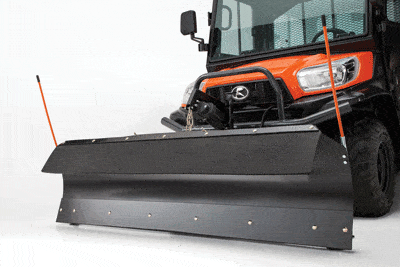
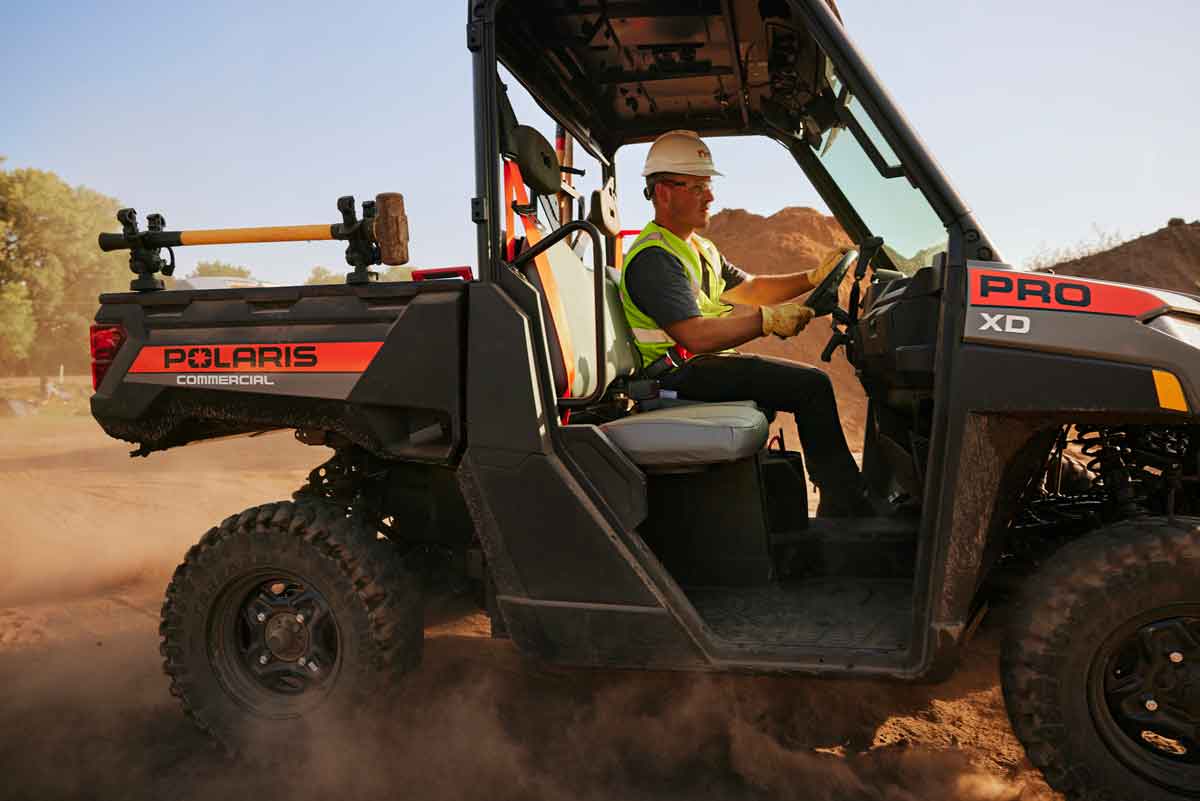
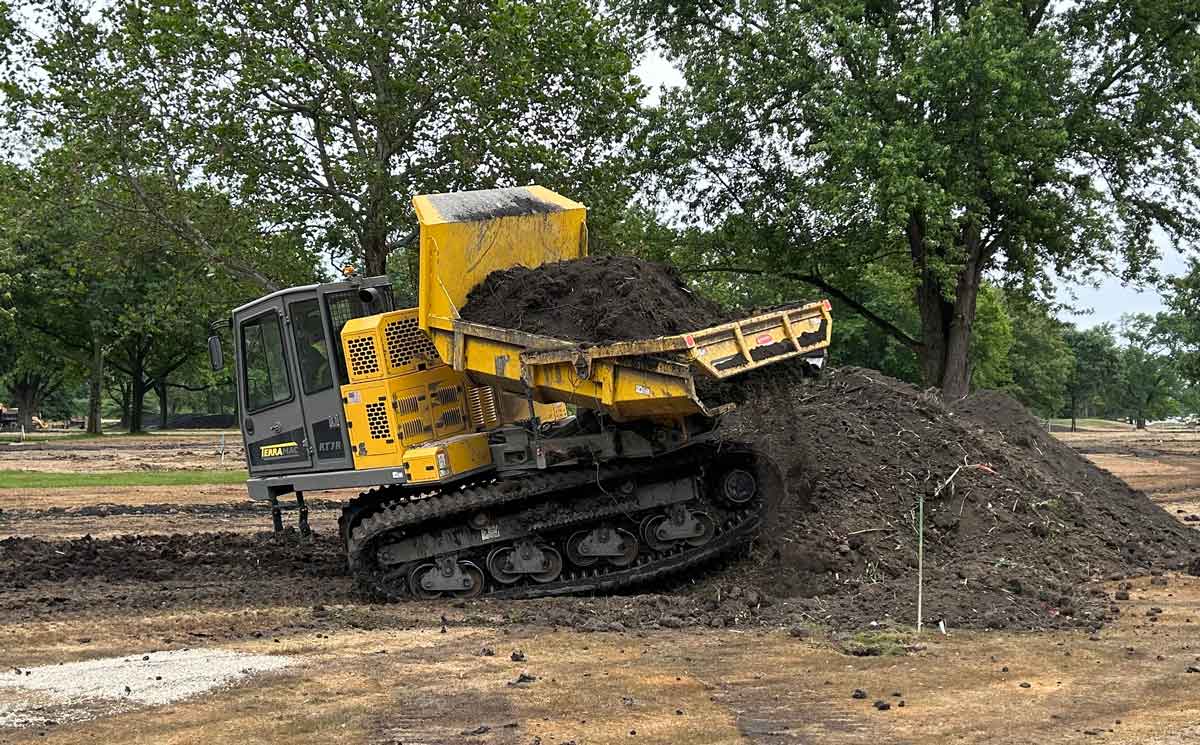
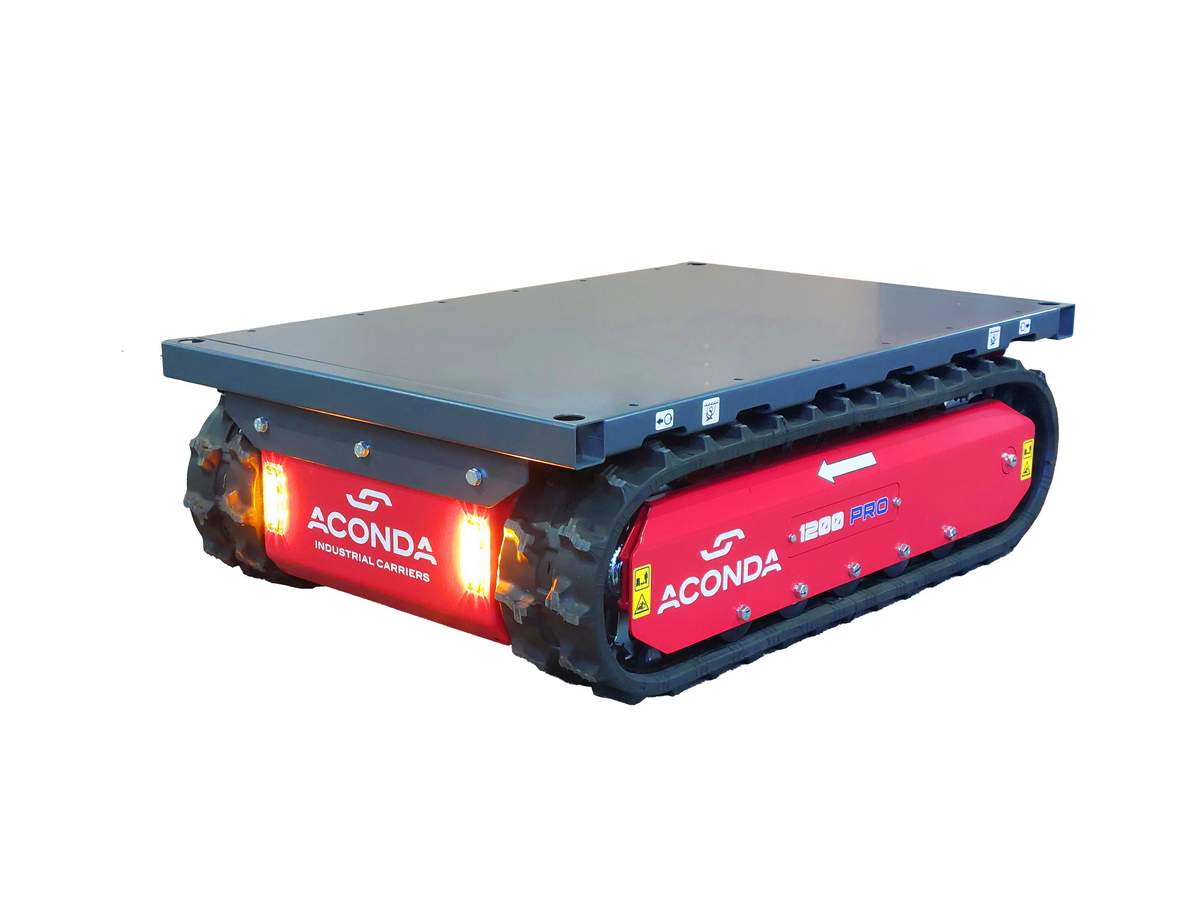
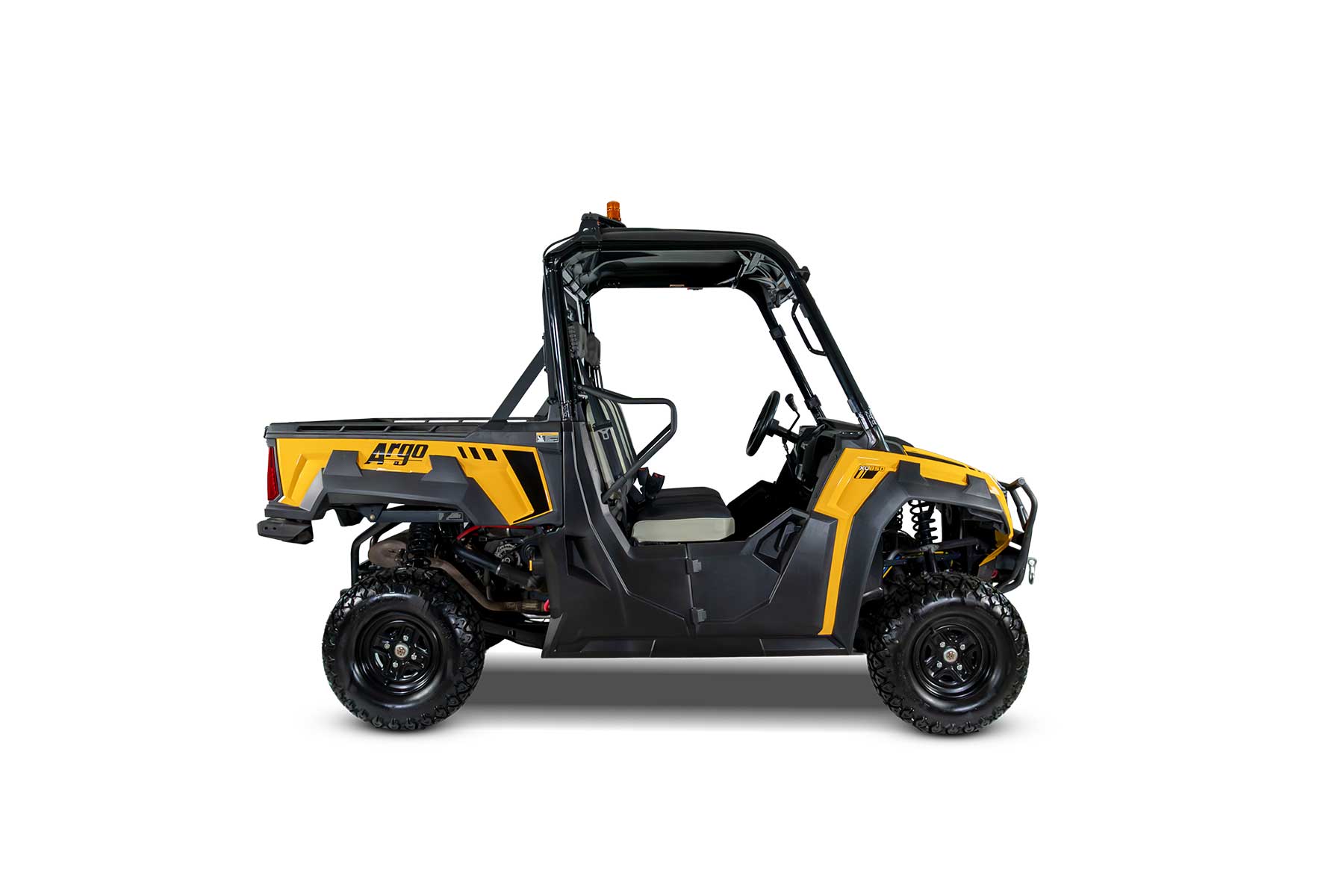
Comments are closed here.